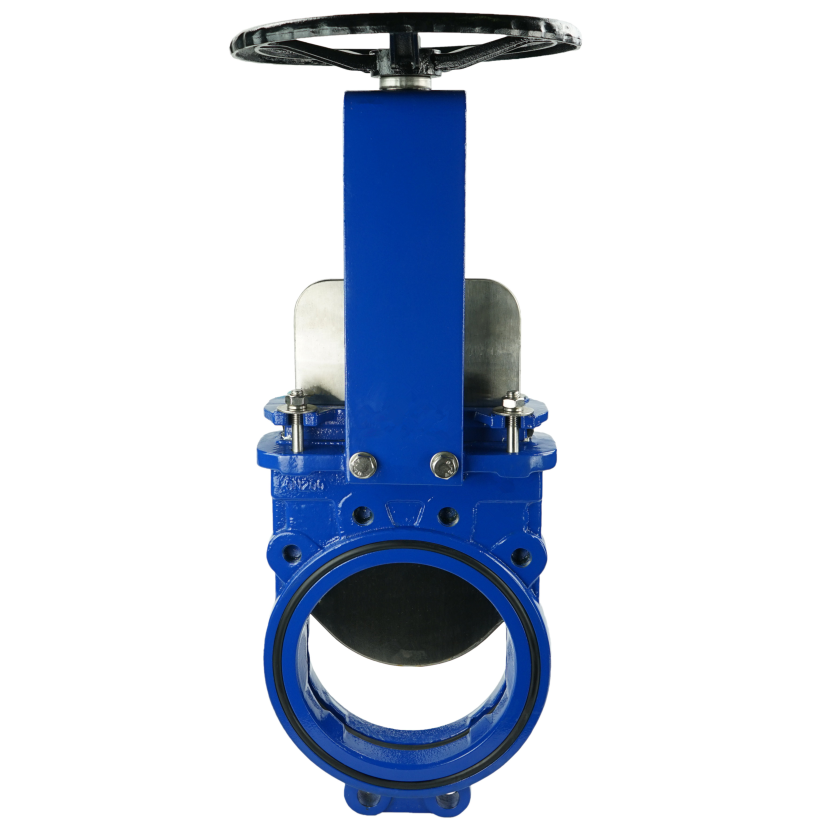Dimensions and Specifications for Class 150 Slip-On Flanges in Pipeline Applications
Understanding Slip-On Flange Class 150 Dimensions
Flanges are critical components in piping systems, used primarily for joining pipes, valves, and other equipment. Among the various types of flanges, the slip-on flange is particularly popular due to its ease of installation and versatility. This article will delve into the dimensions of Slip-On Flanges of Class 150, offering insights into their design and applications.
What is a Slip-On Flange?
A slip-on flange is a type of flange designed to slide over the end of a pipe. It is then welded both inside and outside to provide strength and prevent leakage. This configuration allows for greater alignment flexibility during installation, making it an ideal choice for many industrial applications.
Slip-On Flange Class 150 Overview
Class 150 flanges are designed to withstand a pressure rating of 150 psi at a temperature of 100°F, increasing with lower temperatures. They are widely used in various industries, including water supply, oil and gas, and chemical processing. The slip-on design allows for ease-of-use with a wide range of pipe sizes, making them a favored choice for many engineers and installers.
Key Dimensions of Slip-On Flange Class 150
The dimensions of Slip-On Flanges are standardized by organizations such as the American National Standards Institute (ANSI) and the American Society of Mechanical Engineers (ASME). For Class 150 slip-on flanges, the following dimensions are critical
1. Nominal Pipe Size (NPS) This indicates the diameter of the pipe that the flange is intended to fit. 2. Outer Diameter (OD) The total outside diameter of the flange varies according to the NPS. 3. Flange Thickness The thickness of the flange affects its strength and ability to withstand pressure. 4. Bolt Circle Diameter (BCD) This is the diameter of the circle formed by the center of the bolt holes, crucial for ensuring proper alignment when bolting the flange to another component. 5. Number of Bolt Holes The number of holes varies depending on the size of the flange. 6. Bolt Hole Diameter The diameter of the holes where the bolts will be inserted. 7. Raised Face Height A slight elevation on the flange face to ensure a tight seal when bolted to another flange.
slip on flange class 150 dimensions

Below is a summary of typical dimensions for Class 150 slip-on flanges
| NPS | OD (inches) | Flange Thickness (inches) | BCD (inches) | Bolt Holes (qty) | Bolt Hole Diameter (inches) | Raised Face Height (inches) | |-----|-------------|----------------------------|----------------|------------------|-----------------------------|------------------------------| | 1 | 4.50 | 0.75 | 3.50 | 4 | 0.13 | 0.25 | | 1.5 | 5.00 | 0.75 | 4.00 | 4 | 0.13 | 0.25 | | 2 | 6.00 | 0.75 | 4.50 | 4 | 0.13 | 0.25 | | 3 | 8.00 | 0.87 | 6.00 | 4 | 0.19 | 0.25 | | 4 | 9.50 | 0.87 | 7.25 | 8 | 0.19 | 0.25 | | 6 | 11.25 | 1.00 | 9.00 | 8 | 0.25 | 0.25 | | 8 | 13.50 | 1.00 | 11.25 | 8 | 0.25 | 0.25 | | 10 | 15.75 | 1.25 | 13.50 | 8 | 0.31 | 0.25 |
(Note The above table presents typical values; actual dimensions may vary slightly based on the manufacturer and specific standards applied).
Applications of Slip-On Flanges Class 150
Due to their structural advantages and ease of use, Class 150 slip-on flanges are found in various applications, such as
- Water and Wastewater Systems Used in pipelines for effective transport and management of water. - Gas and Oil Distribution Facilitating the connection of different sections of pipelines. - Heating and Cooling Systems Connecting equipment within HVAC systems.
Conclusion
Slip-On Flanges of Class 150 are indispensable in numerous industrial applications. Understanding their dimensions is crucial for engineers and designers to ensure compatibility and performance in piping systems. By selecting the appropriate flange dimensions, professionals can help ensure safety, reliability, and operational efficiency across various sectors. Always refer to specific manufacturer dimensions and industry standards for precise requirements in your projects.
-
The Key to Fluid Control: Exploring the Advantages of Ball Valves in Industrial SystemsNewsJul.09,2025
-
The Versatile World of 1, 2, and 3 Piece Ball ValvesNewsJul.09,2025
-
Stainless Steel Ball Valves: The Ideal Choice for Efficient Flow ControlNewsJul.09,2025
-
Optimizing Fluid Control with Ball Float ValvesNewsJul.09,2025
-
Manual Gate Valves: Essential for Control and EfficiencyNewsJul.09,2025
-
Everything You Need to Know About Butterfly ValvesNewsJul.09,2025
-
The Versatility of Wafer Type Butterfly ValvesNewsJul.08,2025




